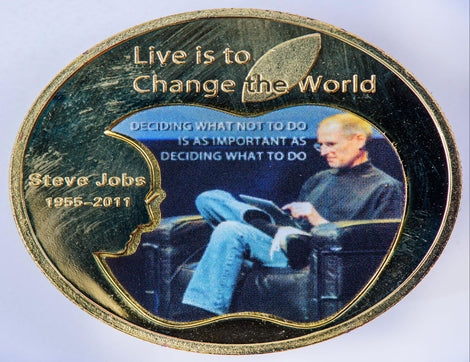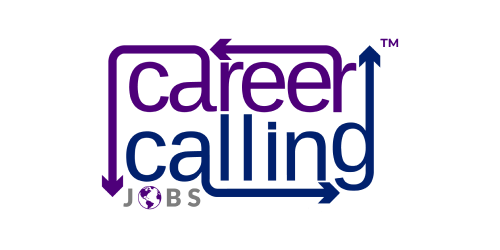Few business leaders have left a mark as indelible as the late Steve Jobs, co-founder of Apple Inc. He was a visionary known not only for his innovative products but also his remarkable ability to persuade and captivate audiences. The tactics he employed to win customers can provide invaluable insights for marketers across all industries. This article explores three key persuasion tactics used by Jobs and how they can be employed for effective marketing today.
Mastering the Art of the Labor Illusion Effect:
One of Jobs' most effective persuasion tactics was his ability to leverage the labor illusion effect. He understood the psychology behind consumers' perceived value of products and their appreciation for the efforts and dedication involved in crafting them. Jobs often highlighted the countless hours, years, and weekends that the Apple team invested in perfecting their devices. This approach made customers feel that they were acquiring not just a gadget, but a product of passion, dedication, and meticulous craftsmanship.
Today's marketers can apply this tactic by showcasing the behind-the-scenes processes involved in creating their product or service. The key is to highlight the effort, research, development, and attention to detail that contribute to delivering the final product or service. This transparency can increase perceived value, instill confidence in customers, and ultimately, boost sales.
Harnessing the Halo Effect:
Jobs was a master at using the Halo Effect to his advantage. This cognitive bias causes people to transfer their positive feelings about one thing to other associated entities. Jobs strategically aligned Apple with other successful brands and admired individuals, thereby amplifying Apple's credibility and appeal.
Marketers today can harness the Halo Effect by creating associations or partnerships with respected influencers, organisations, or brands within their industry. By aligning with these entities, they can leverage their positive reputation to enhance their brand's image. This association can increase the brand's perceived value, improve its standing in the marketplace, and widen its customer base.
Capitalising on the Von Restorff Effect:
Jobs understood the power of distinctiveness in a saturated market. He knew that distinctive items tend to be more memorable than those that blend in—a psychological phenomenon known as the Von Restorff Effect. Jobs' relentless focus on Apple's sleek design, simplicity, and distinctive features helped set Apple products apart from competitors and made them unforgettable.
Modern marketers can employ this tactic by focusing on their product's unique attributes and benefits. The goal is to make the product or service stand out in a crowded marketplace and remain top-of-mind for consumers. By highlighting unique design elements or features that competitors lack, marketers can increase product memorability, capture consumer interest, and drive sales.
Conclusion:
Steve Jobs' legacy goes beyond the innovative products he created; it encompasses his extraordinary ability to persuade and win customers. Marketers looking to amplify their impact can incorporate Jobs' tactics into their marketing strategy: leverage the labor illusion effect to show the value behind the product, harness the Halo Effect to enhance brand credibility, and employ the Von Restorff Effect to make their product stand out.
By infusing these persuasion techniques into their marketing approach, brands can build trust, increase perceived value, and make a lasting impression on their customers—proven strategies to secure success in any market.


































